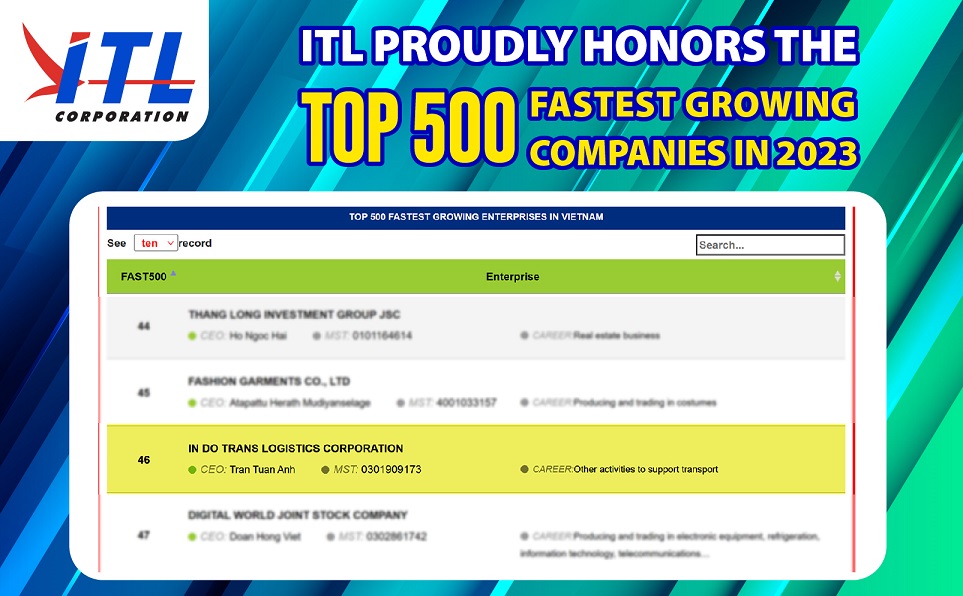19
04/17
What supply chain efficiency will mean in 2020
Supply chains will continue to evolve with technology and meet the growing needs of consumers.
What trends will affect future supply chains?
Declining Product Lifecycles
According to Supply Chain Digital, product lifecycles are estimated to have halved over the last 10 years and will likely shrink by another 50% by 2020. Less lifecycle means replacing products/service more regularly, which forces companies to analyze their supply chain processes to streamline reverse logistics, track inventory and shipments with a TMS, and monitor KPIs.

Globalization
The business landscape is global; customers, suppliers and competitors span across the world. By 2020, 60% of companies expect to be sourcing from more countries than they do today and about 80% of manufacturers expect to have multi-country operations. This will be possible with modern transportation management, logistics capabilities and savvy IT systems.
Millennial Expectations
Service chains will be as important, if not more important, than the product chain. With demanding, astute consumers, collaborating pre- and post-sales will trump product-centric competition. 86 million millennials will be in the workplace by 2020 - these millennials grew up in the digital experience, and will expect companies to know their individual needs and personalize all experiences.

1. Seek opportunities to optimize. Optimization can provide reliable decision support for supply chain challenges such as network design, route mapping, and load building.
2. When in doubt, simulate. Although the time and expense required to run simulations make them impractical for some supply chain functions, they provide value by showing how solutions will play out in the real world. Don’t waste a single dollar or minute on a solution that works in theory, but not in reality.
3. Pay for carrier quality. Using the cheapest carrier can backfire if it results in significantly increased damages or delivery delays. Some carriers’ performance records justify the slightly higher rates they command.
4. Invest in 20/20 visibility. The earlier and more frequently you begin using visibility systems – preferably at the order management level – the better you’ll be able to avert supply chain disruptions, reduce the need for excess inventory, and limit substandard supply chain performance.
5. Inspect and protect. Hire a logistics representative to inspect products for exceptions before they’re transferred from the production to the logistics phase. Charge professionals with preventing damage and removing compromised shipments at key handoff points, such as during loading and tie-down, and at the end of a transit.
6. Make your claims pay their way. Damage claims are a valuable source of insight that can lead to better performance. Invest in systems that help your company collect and analyze claims data – including mode, carrier, and location – so you can identify damage trends, determine root causes, and pinpoint responsibility. Use what you’ve learned to perfect your operations.














